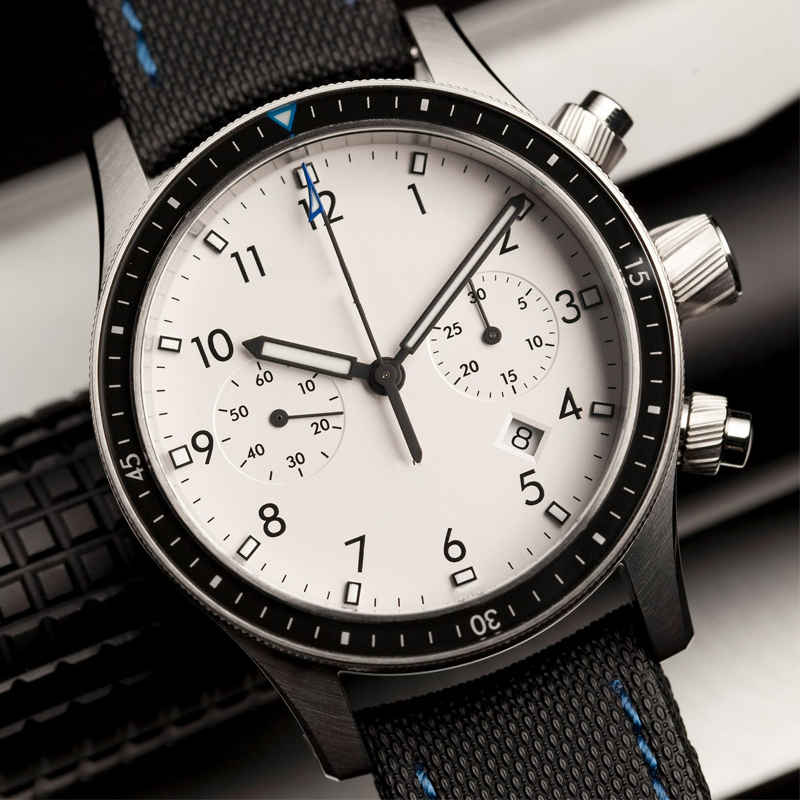Here we will introduce some basic knowledge about traditional watches.In addition to innate advantages, mechanical watch Its own product attributes are also extremely high-end, in order to remain unbeaten in the market competition. https://www.supertimewatch.com/
watch basics
1. Watch styles and functions
Watch styles and functions. Watches are divided into two categories: mechanical and quartz. The most common mechanical watch has an automatic calendar function.
2. Quartz watch vs. mechanical watch
Which is better, a quartz watch or a mechanical watch? They both have their pros and cons, regardless of value. Quartz watches can be expensive, while mechanical watches can be cheap. Generally speaking, mechanical watches are more ornamental, while quartz watches are more accurate and easy to use. There are three ways to distinguish them.
(1) Look at the logo. Automatic watches will have the letters AUTOMATIC or SELF-WINDING.
(2) Look at the movement of the second hand. A quartz watch jumps one second at a time, while a mechanical watch has the second hand continuously moving across the dial.
(3) Check whether it can be wound or whether there is a sound of the automatic rotor spinning.
3. The indication function of the watch
The hands and dial are used to indicate the time, and there are also windows with numbers. The window type is mostly used for calendars. The so-called “big calendar” has two windows, which display the tens and the digits of the date respectively.
4. The flyback and retrograde forms of the watch hands
They do not rotate in a clockwise circle. The flyback is the characteristic of the chronograph returning to zero, while the retrograde is when the hands move in a “fan shape”. The retrograde movement in a fan shape is rather strange, as it automatically returns to zero after completing the full range.
5. Chronograph watch
Commonly known as “three needles and three eyes”, it also has three crowns. 1. Most of the chronograph stopwatches currently use a double-button type, with the two buttons usually at 2 and 4 o’clock. The 2 o’clock button controls the “start and stop” function, and the 4 o’clock button controls the “reset” function. 2. The operation method used is usually the process of “start—stop—-reset” or “start—stop—-start—stop—reset”. The stopwatch function must be stopped before pressing the reset button. 3. The single-button stopwatch is relatively simple, with one button controlling the “start—stop—-reset” function. Please note that after each button is pressed, it must be reset before it can be pressed a second time.
6. Moon phase display
The moon phase is actually a lunar calendar, indicating the cycle of the moon’s waxing and waning. The sun, moon and stars are the most intuitive celestial bodies, but the moon phase is related to latitude. Design principle: The moon phase function is often placed in a semicircular window of a special shape, which includes a semicircular arc and two small arcs. This carefully designed shape combined with the moon on the moon phase disk can accurately tell us the shape of the moon at the beginning or end of a cycle. Operation principle: The moon phase displays the state of the moon on the moon phase disk based on a 29.5-day cycle. There are two moons on this moon phase disk, with 59 teeth on the edge. After being pushed by the transmission wheel, the moon phase wheel advances one tooth every day, and the changes in the moon phase can be displayed on the dial in time. The 59-tooth moon phase wheel comes from the average value of the moon phase waxing and waning every 29.5 days. Since the precise rotation period of the moon is 28 days, 12 hours, 44 minutes and 2.9 seconds, the error of the moon phase display will reach 24 hours every approximately 33 months. There is usually a moon phase adjustment button on the watch case, and the moon phase display is relatively independent of functions such as chronograph and perpetual calendar.